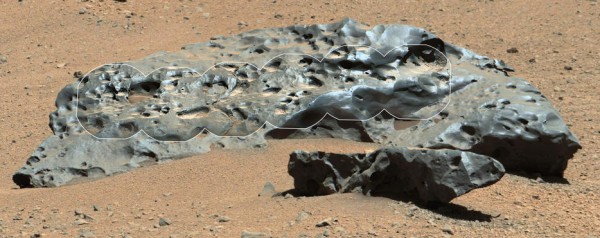Russia loses contact with Photon-M
Russia has lost contact with its Photon-M biology spacecraft, launched last week with a four geckos on board.
The Russians say that the receipt of telemetry from the spacecraft shows it is successfully operating autonomously without help from the ground. And since the Russians have a great deal of experience building spacecraft that can function on their own, I have no reason to disbelieve them in this. What is not clear is whether the spacecraft can come home on its own.
Russia has lost contact with its Photon-M biology spacecraft, launched last week with a four geckos on board.
The Russians say that the receipt of telemetry from the spacecraft shows it is successfully operating autonomously without help from the ground. And since the Russians have a great deal of experience building spacecraft that can function on their own, I have no reason to disbelieve them in this. What is not clear is whether the spacecraft can come home on its own.





